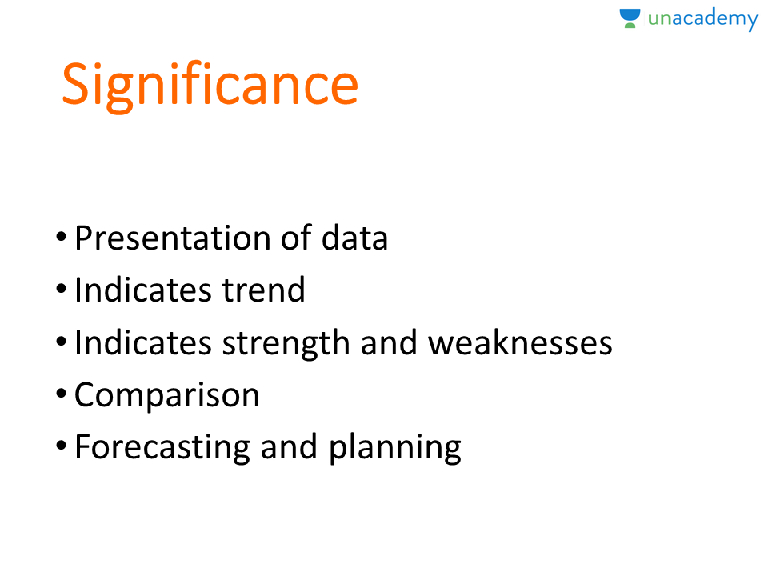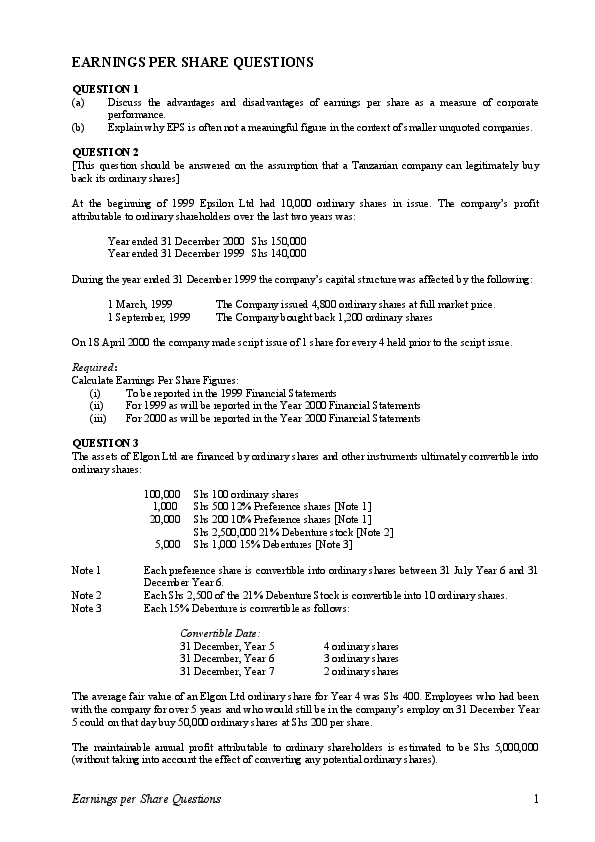

Similar to the difference between promissory notes and bill of exchange, there are numerous crucial topics in the standard 10 + 2 curricula for commerce students. Subsequently, Vedantu offers detailed study materials on all these topics written by expert teachers to help students in their studies. Additionally, students can also attend live classes offered by Vedantu to clear any doubt they might have. In the case of promissory notes, the liability of its drawer is primary and absolute. The Fair Debt Collection Practices Act is a consumer protection law regulating debt collection procedures.
The bankruptcy process begins with a petition filed by the debtor, or by the creditors. Bankruptcy was originally formed for the creditor to get their pecuniary value back. It eventually grew, and voluntary bankruptcy came into the picture, which helped debtors get relief from their debt trap.
The time period ‘debtor’ is relevant both to people as well as to different companies, banks, loan companies and more. If somebody owes fee to a person or a enterprise for services or products rendered, the individual owing could be thought of a debtor. A debtor is a time period used in accounting to describe the alternative of a creditor — an individual that owes money, or who’s in debt to an organisation or individual. For example, a debtor is somebody who has taken out a mortgage at a financial institution for a brand new automobile. A enterprise or an individual who has a number of debtors is called a creditor. In other phrases, the connection that a debtor and a creditor share is complementary to the connection that a customer and supplier share.
Income Tax Filing
Debtors may be lent money at interest and with different terms and conditions. Debtors may make payments in repeated installments over a set period of time. Such companies need the right software tools to manage high volumes of debtors.
What is the difference between debtors and receivables?
Receivables are the rights of companies or individuals to a sum of money from sales transactions. In obtaining their rights, the company or individual as a creditor (the debtor) provides a due date to the debtor (the debtor) to be able to pay off the debt.
The creditor can commence the involuntary bankruptcy against the debtor by filing a petition. If the number of creditors is 12 or less, a creditor alone can file a petition. If the number of creditors exceeds 12, the creditors collectively can file a petition against the debtor. Primarily, there was this stigma about companies that were not able to pay the debt to their creditors.
Roles are important because they determine the position of the parties involved in the financial transactions of a business. Net working capital depicts a more comprehensive picture of a company’s operational efficiency. Difference between gross working capital and net working capital can provide valuable insights, offering for a more concrete analytical foundation.
The NCLAT has always considered whether operational creditors are treated roughly the same as financial creditors when evaluating the viability and feasibility of resolution plans that are approved by the committee of creditors. If they are not, such plans are either rejected or modified so that the rights of operational creditors are protected. As can be observed, a resolution plan is ineligible for approval under Section 30 read in conjunction with Section 31 unless a minimum payment is given to operational creditors that is not less than liquidation value. Debtors are an integral part of present liabilities and represent the mixture amount which a customer owe to the enterprise. On the contrary, a creditor represents commerce payables and is part of the present liability. A creditor is an individual or entity to whom the company owes cash on account of products or companies acquired.
BANKING INFO
“Anybody who owes an operational obligation, including anyone to whom such liability has been legally assigned or transferred,” according to section 5 of the IBC. The debt owing to a person must meet the definition of a “Financial Debt” as defined by Section distinguish between debtors and creditors 5 of the IBC to establish if that person is a financial creditor. One fundamental difference between general lien and particular lien is that general lien pplies to all property or assets and particular lien applies to specific property or assets.
- A debtor could be an entity, a company or a person of a legal nature that owes cash to another person – your corporation, for instance.
- An integrated approach ensures that there is no necessity for repeated data entry.
- A lien holder may not be able to recover the amount due if the asset or property attached to the lien is lost or damaged.
- There are certain responsibilities of debtors that they need to know and fulfil diligently.
Sundry creditors act as liabilities for businesses because businesses or organisations are supposed to pay an exorbitant amount of money to these sundry creditors in future for availing of their facility. Creditors are liabilities for businesses while on the other hand, debtors are assets for businesses. Creditor days are used to measure a company’s creditworthiness as well as status and to a sure diploma, creditor days determines the latitude allowed by its suppliers in addition to collectors. Creditor days also can mirror the worth that both parties placed on the business performed in addition to act as a mirrored image of the company’s money move and the extent that it’ll go to finance its business with its debt. Companies which have a habit of delaying payments excessively will ultimately face penalization which creates points in getting provides.
What Is The Meaning Of Debtor? – Debtor Meaning In Accounting
They have purchased goods on credit and, payments are yet to be made by them. Sundry debtors, also known as ‘sundry receivables’ refer to a company’s customers who rarely make purchases on credit and the amounts they purchase are not significant. If the debtor fails to repay the borrowed money, the creditor has all the legal rights to sue the debtor to recover the debt amount. Likewise, if the company is not in a good financial position, the creditor can demand to pay back the money from the company that owes the debt. In the Corporation Insolvency Resolution Process, the creditors are required to assess the business’s worth as to whether a business can be recovered or not. When the resolution process fails, the creditors decide on selling the company’s assets to recover their share of dues.

The debt owing to a person must fulfil the definition of an operational debt as defined in Section 5 of the Insolvency and Bankruptcy Code to determine if that person is an operational creditor. A general lien applies to all of a person’s property, whereas a specific lien applies only to specific property or assets. Security interests such as general liens and particular liens allow creditors to claim an interest in a debtor’s property as collateral.
Significant differences between financial Creditor and Operational Creditor
This website is intended to provide a general guide to the News paper and the services it provides. The material on our site is given for general information only and does not constitute professional advice. Where appropriate, users should seek their own legal or other professional advice. The News paper accepts no responsibility for loss occasioned to any person acting or refraining from acting as a result of material contained in this website. The News paper accepts no liability in respect of material contained on other sites which may be linked to this site from time to time. A customer purchasing goods on credit becomes a debtor owing money to the one from whom he bought the goods.
What is the difference between debtors and debtors?
Debtors are those individuals or entities who purchase any goods or services on credit and for which they owe money in return. Q: What is the difference between debtors and debts? Ans: The debtor is any person or company that owes you money, while a debt refers to a borrowed loan from a bank or any institution.
When a debtor decides to go for bankruptcy, the court notifies the creditors of the proceedings. There are situations where the debtor denies to pay even though he is competent to pay back. Involuntary bankruptcy allows the creditor to take legal action against the debtor and compel the debtor to pay it back. Once the petition gets accepted by the competent court, the creditors are repaid by the debtor’s available assets. The debtor files a petition with a court to proceed with the bankruptcy.
The compromise ought to provide a bigger reimbursement in the direction of the creditor’s debt than might in any other case be expected were the Debtor to be made bankrupt. This is often facilitated by the Debtor making contributions to the arrangement from his income over a delegated period or from a third get together contribution or other supply that would not ordinarily be out there to a Trustee in Bankruptcy. The entity could also be an individual, a firm, a authorities, a company or different legal particular person.
As a result of the above, it is obvious that Tribunals are unwilling to entertain petitions from anybody who does not fulfil the IBC’s standards for financial and operational creditors. This need must be satisfied in order to initiate business insolvency proceedings under the IBC. The NCLT has made it feasible to severely enforce the new insolvency and bankruptcy legislation. Specific liens are legal claims that allow a creditor to seize only specific assets pledged as collateral for a debt. It is typically used when the creditor has provided goods or services to the debtor but the debtor hasn’t paid for them. A particular lien arises out of a contract, such as a repair contract or storage contract, and the contract should allow the creditor to hold specific assets in the event of non-payment.
A creditor is a person or entity to whom the company owes cash on account of goods or services received. A debtor may be also outlined as the person who owes cash to the other person or institution, for instance, any one that takes mortgage or purchases goods or providers on credit score. A debtor has to pay back the amount he owes to the individual or establishment from which he has taken the loan after the credit score interval is over. The drawback is there may be potential for non-fee, forcing the creditor to pursue potentially expensive legal proceedings to get what they’re owed. We have defined debtors and creditors in simple terms initially, we now have additionally explained them in more detail and in the context of companies and firms as well additional down within the article.

For example, when goods are sold to a person on credit that person pays the price in future. He is called a debtor because he owes the amount to the firm, commonly customers of goods/ services are known as debtors. Nearly every business is both a creditor and a debtor, since businesses prolong credit score to their customers, and pay their suppliers on delayed payment terms. The solely scenario in which a enterprise or person is not a creditor or debtor is when all transactions are paid in cash.
Generally talking, a debtor is a customer who has bought an excellent or service and due to this fact owes the supplier cost in return. Therefore, on a basic stage, virtually all corporations and folks might be debtors at one time or one other. For maintaining sundry creditors, an efficient and effective technique is required. Sundry creditors management is a technique of managing the company or a business’s unpaid claims to third-party vendors over credit purchases.
Is a person who provides goods or services to a business on credit, does not immediately get payment from the firm but is still obligated to receive the payment in the future. You must know that these are the two main parties involved in any commercial transaction and mainly indicate a situation or an event where money is exchanged. A creditor is a lender who provides money, and a debtor is the one who receives the money and pays it back with interest in due time. A positive figure shows that current assets are more than sufficient to meet the current liabilities. One needs to deduct these items from current assets or gross working capital to reach net working capital.
What is the difference between debtors and receivables?
Receivables are the rights of companies or individuals to a sum of money from sales transactions. In obtaining their rights, the company or individual as a creditor (the debtor) provides a due date to the debtor (the debtor) to be able to pay off the debt.
Recent Comments